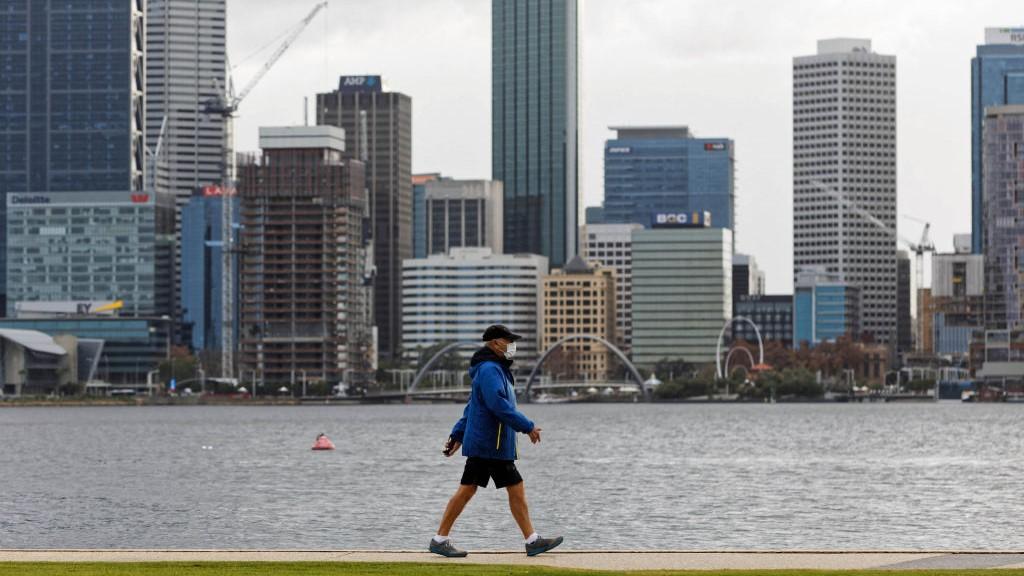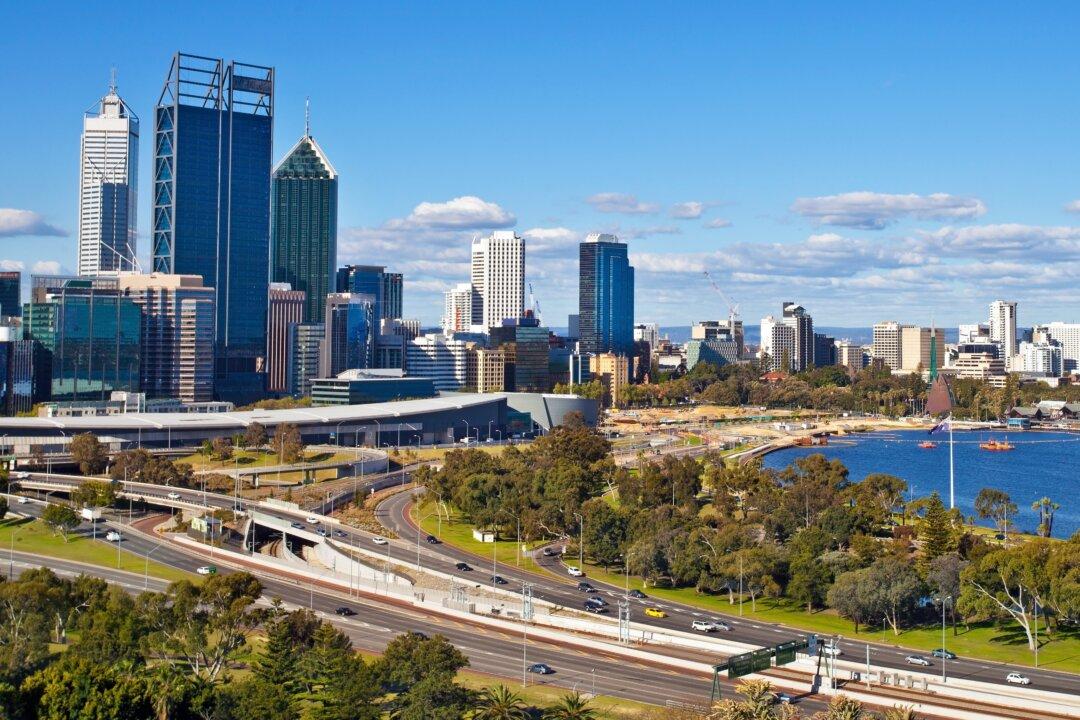The Western Australia (WA) government has entered its next phase of the pandemic and unlocked new measures that had been drawn up in preparation for when the state reached a high COVID-19 caseload environment.
Cases in WA have continued to climb, with the government pulling the trigger on Feb. 7 as the state records 265 active cases.





